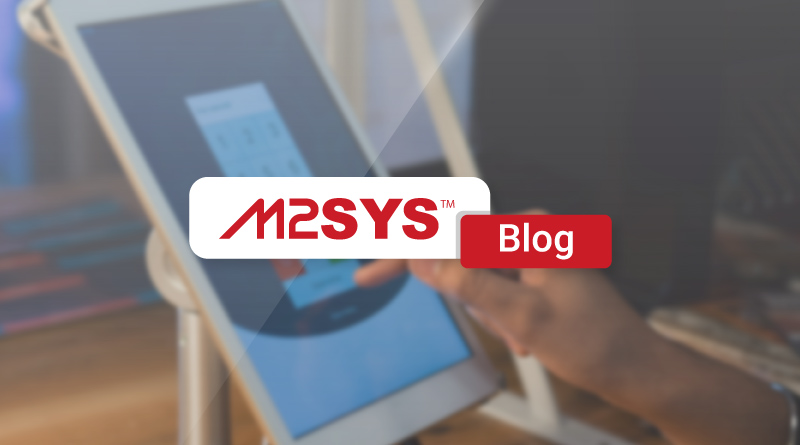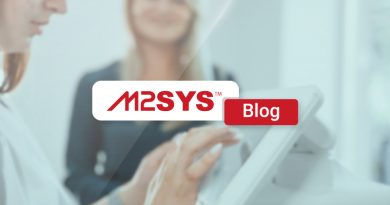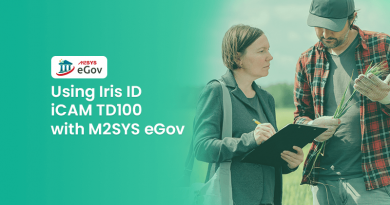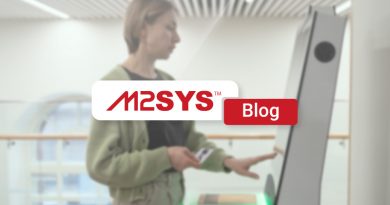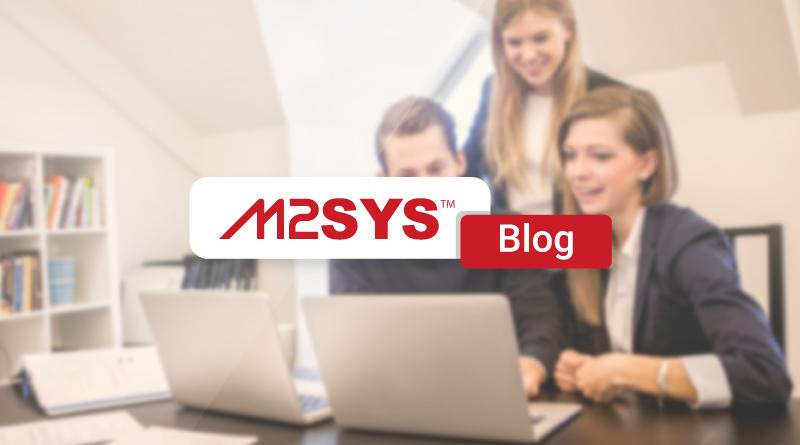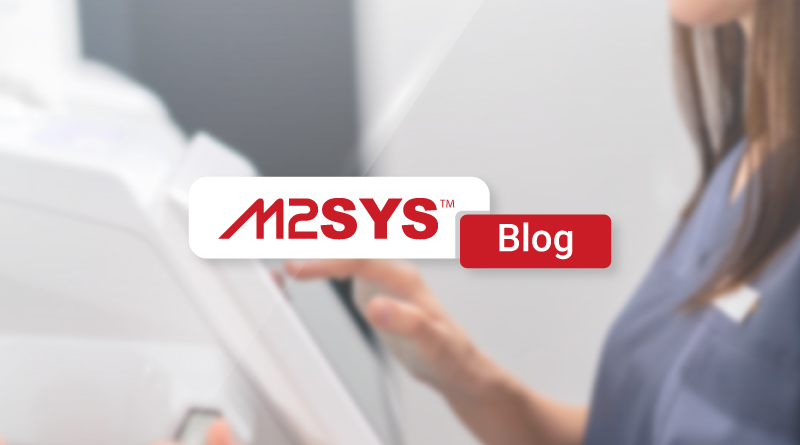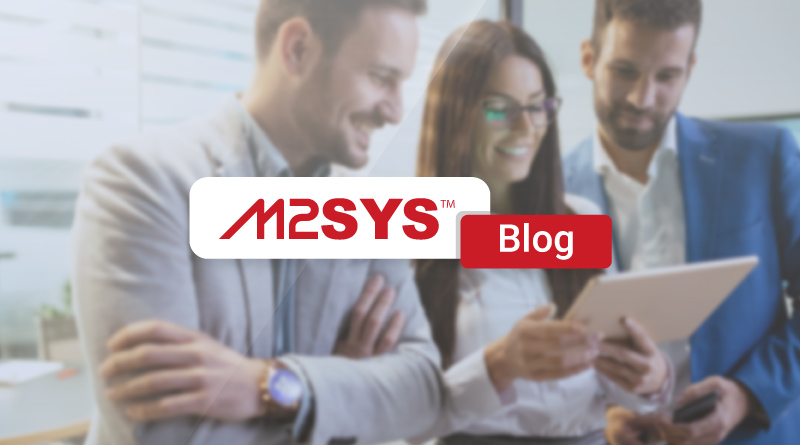Revolutionizing Digital Governance: Overcoming Challenges for Better Impact
Digital transformation is reshaping government-citizen interactions, yet challenges like legacy system integration, citizen trust, and data security persist. Solutions from M2SYS, such as automation and robust security measures, are pivotal in overcoming these hurdles, enhancing transparency, and improving service delivery.
TL;DR
- Digital transformation is reshaping government-citizen interactions, but legacy systems pose significant challenges.
- M2SYS eGov solutions facilitate seamless integration with outdated systems, enabling a smooth transition to digital governance.
- Building citizen trust is crucial; M2SYS enhances engagement through user-friendly interfaces and transparent processes.
- Automation of manual processes can save governments up to 30% in expenses, with M2SYS leading the way in efficiency improvements.
- Data security is paramount; M2SYS incorporates advanced protocols to protect sensitive information from cyber threats.
- Successful projects in Yemen and Nigeria highlight the transformative impact of M2SYS solutions in improving transparency and service delivery.
- Modern digital governance requires intuitive interfaces, real-time data sharing, and adaptable platforms for sustainable transformation.
Ready to revolutionize your digital governance? Contact M2SYS today to explore how their solutions can enhance your government's operations.
Did you know that digital transformation is fundamentally changing how governments interact with their citizens? Globally, governments are swiftly moving towards digital governance, yet they encounter significant obstacles. These challenges impact the delivery of services to the public. So, what are these hurdles, and how can they be addressed? Let’s delve into the primary issues and explore the solutions that are making a difference in digital governance.
One of the most significant challenges is integrating legacy systems. Many government agencies still operate on outdated systems that are difficult to update and integrate with modern technology. For example, some agencies depend on computers from the 1970s and 1980s, complicating the transition to cloud-based systems. Fortunately, solutions like M2SYS eGov provide platforms that seamlessly integrate with existing systems, facilitating the shift to digital governance without requiring a complete overhaul.
A Gartner report underscores a crucial point: by 2023, over 90% of IT modernization projects will face difficulties due to the complexity of legacy systems. This highlights the importance of legacy system integration. They offer the flexibility and scalability needed to manage evolving digital environments.
Another challenge is fostering citizen trust and engagement. Many people are hesitant to use digital services due to concerns about data privacy. According to a Pew Research Center study, nearly 60% of citizens worry about data security, affecting their willingness to engage with digital services. M2SYS addresses this by developing user-friendly interfaces and transparent processes, which help build trust and encourage participation.
Estonia is often regarded as a pioneer in digital governance. There, citizens can access and control their personal data through a transparent e-government system, resulting in high levels of trust and engagement. M2SYS aims to replicate this success by focusing on user-centric designs and robust privacy measures.
Operational inefficiencies present another issue. Many government processes remain manual and paper-based, which is time-consuming and prone to errors. Automating these processes can significantly enhance efficiency. For instance, Turkey’s national ID smart card system streamlined data collection for over 80 million citizens. M2SYS’s eGovernment Solutions employ automation to minimize manual intervention, reducing processing times and costs.
According to McKinsey, automation in the public sector can save governments up to 30% of their current expenses while accelerating service delivery. M2SYS leverages these insights to develop solutions that enhance efficiency and cost-effectiveness.
Data security is a paramount concern in digital governance. Governments manage vast amounts of sensitive information, making them prime targets for cyber threats. High-profile breaches, such as the 2015 U.S. Office of Personnel Management hack, underscore the need for robust security measures. M2SYS solutions incorporate advanced security protocols to safeguard information from current and emerging threats.
As cyber threats increase, governments are investing heavily in cybersecurity. Global spending on government cybersecurity is projected to reach $63 billion by 2025. M2SYS is dedicated to security, ensuring their systems are fortified against threats, providing peace of mind for both governments and citizens.
Addressing these challenges can lead to substantial improvements in government operations. In Yemen, a voter registration modernization project supported by M2SYS established a reliable database for 14 million citizens, reducing disputes and enhancing trust in the democratic process. Similarly, in Nigeria, a SIM card registration system improved telecom security by creating a centralized database for over 140 million mobile users, helping prevent fraud and ensure regulatory compliance.
These examples demonstrate the transformative impact of streamlining digital governance solutions in enhancing transparency, improving service delivery, and boosting public trust. M2SYS’s solutions are designed to enable such transformations, helping governments better serve their citizens.
To overcome these challenges, modern digital governance solutions must possess essential capabilities. They require intuitive user interfaces that simplify interactions for government employees and citizens. Real-time data sharing is vital for seamless communication and data exchange across departments, enhancing transparency and decision-making. Automated workflows streamline processes, reducing manual intervention and operational costs. Adaptable platforms offer the flexibility to meet evolving policy needs and integrate with existing systems, ensuring long-term sustainability.
Governments worldwide are successfully implementing digital governance technologies to transform traditional services. For instance, Iraq’s border control modernization project, facilitated by M2SYS, enhanced national security by equipping operations with robust identity verification systems. These deployments reduce bureaucracy and improve interactions between citizens and the government, showcasing the transformative power of digital governance.
In summary, revolutionizing digital governance involves addressing significant challenges such as legacy system integration, citizen engagement, operational inefficiencies, and data security concerns. By implementing effective solutions like those offered by M2SYS, governments can achieve greater transparency, faster service delivery, and improved public satisfaction. This empowers underserved communities and advances their digital agendas.
How-To Guide
How to Begin Digital Transformation in Government Services
- Assess Current Systems: Conduct a thorough assessment of existing legacy systems. Identify areas where technology integration can be beneficial.
- Engage with Stakeholders: Engage with key stakeholders, including citizens, to understand their needs and expectations from digital governance.
- Leverage Technology Solutions: Utilize solutions like M2SYS eGov platforms that offer seamless integration with existing systems. These solutions provide intuitive interfaces and real-time data sharing capabilities.
- Adopt Automation: Implement automation to streamline workflows. This will reduce manual processing times and operational costs, enhancing service delivery.
- Enhance Data Security: Incorporate robust data security measures to protect against cyber threats. This ensures the protection of sensitive information and boosts public confidence in digital services.
- Build Public Trust: Focus on creating transparent, user-friendly processes that encourage citizen engagement and trust.
- Evaluate and Iterate: Regularly evaluate the impact of digital transformation initiatives and make necessary improvements to adapt to evolving needs. Refer to transforming citizen services for further guidance.
For detailed assistance in implementing digital governance, consider reaching out to experts through the Contact Us page for tailored support and solutions.
Frequently Asked Questions
What is digital governance?
Digital governance refers to the use of digital tools and systems to deliver government services and manage operations. It involves integrating technology into governmental processes to improve efficiency, transparency, and citizen engagement.
What are the main challenges faced in digital governance?
Some of the main challenges include legacy system integration, fostering citizen trust and engagement, addressing operational inefficiencies, and ensuring robust data security measures.
How can legacy system integration be tackled?
Addressing legacy system challenges involves using adaptable platforms that allow for seamless integration with existing systems. Solutions like M2SYS eGov provide the necessary tools to facilitate this integration without requiring a complete system overhaul.
How does M2SYS help enhance citizen trust?
M2SYS builds citizen trust by developing user-friendly interfaces and transparent processes, which are crucial in encouraging public participation and overcoming engagement hurdles.
What role does automation play in digital governance solutions?
Automation in digital governance helps streamline processes, reduces manual intervention, and decreases processing times, significantly improving service delivery efficiency. For more insights, see Streamlining Digital Governance.
How does M2SYS ensure data security in its solutions?
M2SYS incorporates advanced security protocols to safeguard sensitive information against threats, ensuring safe and secure digital governance environments. This aligns with insights from AI-driven security enhancements.

